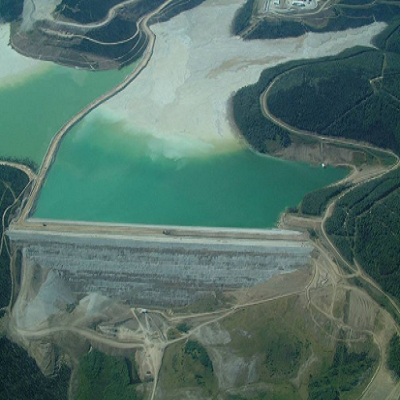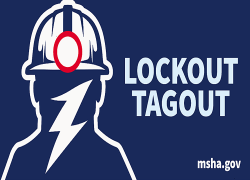 Today, we recognize National Dam Safety Awareness Day to discuss the importance of dam safety and provide information about how to prevent dam failures. At mine sites, dams are essential infrastructure that provides flood control, store water for mine use and control runoff. But dams can also pose significant danger to people working near them if they fail.
Today, we recognize National Dam Safety Awareness Day to discuss the importance of dam safety and provide information about how to prevent dam failures. At mine sites, dams are essential infrastructure that provides flood control, store water for mine use and control runoff. But dams can also pose significant danger to people working near them if they fail.
National Dam Safety Awareness Day was established to commemorate the South Fork Dam failure 134 years ago. The dam released 20,000,000 tons of water near Johnstown, Pennsylvania, when it collapsed on May 31, 1889. More than 2,200 people died in what is the most devastating dam failure in U.S. history.
Between 1848-2017 there was an average of 10 dam failures each year. Many were smaller dams that caused flooding and no fatalities. Unfortunately, it took the Buffalo Creek Mine Disaster to occur before a comprehensive federal dam safety program was established. Three coal waste impoundment dams failed at Buffalo Creek, West Virginia on February 26, 1972. Millions of gallons of water and coal slurry were unleashed on 15 communities downstream of the dams to cause the death of 125 people and destroyed 500 homes.
The Buffalo Creek Mine Disaster initiated state and federal level investigations. The legacy of the disaster continues to protect people who work and live downstream of dams. Following this disaster, the U.S. Bureau of Mines, now known as the Mine Safety and Health Administration passed stringent regulations for the coal industry to ensure these structures are properly designed by professional engineers, constructed according to strict specifications, and inspected by both company and MSHA personnel to verify their safety.
The two common ways dams can breach, or fail is when water flows over the top of a dam or when water flows through to erode the dam. Dam safety is a continuous process that involves monitoring, inspections, and performing needed maintenance or upgrades that will prevent dam failures. The failure at the Buffalo Creek mine occurred because of deficiencies in the design, construction, and inspection of the impounding structure.
MSHA currently regulates 1,525 mining-related dams, 611 of which are either significant or high hazard potential. We require dams (and their pool, abutment, and downstream areas) to be inspected either 2 or 4 times per year depending on the hazard potential classification and the type of mining operation. Additional inspections are performed during critical phases of construction or during periods of heavy rain or seismic activity.
We require dams (and their pool, abutment, and downstream areas) to be inspected either 2 or 4 times per year depending on the hazard potential classification and the type of mining operation. Additional inspections are performed during critical phases of construction or during periods of heavy rain or seismic activity.
Learn more about MSHA’s impoundment dam safety program and contact MSHA at 1-800-746-1553 for all impoundment inquiries or complaints.
Jarrod Durig, P.E. and Darren Blank, P.E, are with the Mine Waste and Geotechnical Engineering Division of the Mine Safety and Health Administration.

 U.S. Department of Labor Blog
U.S. Department of Labor Blog

